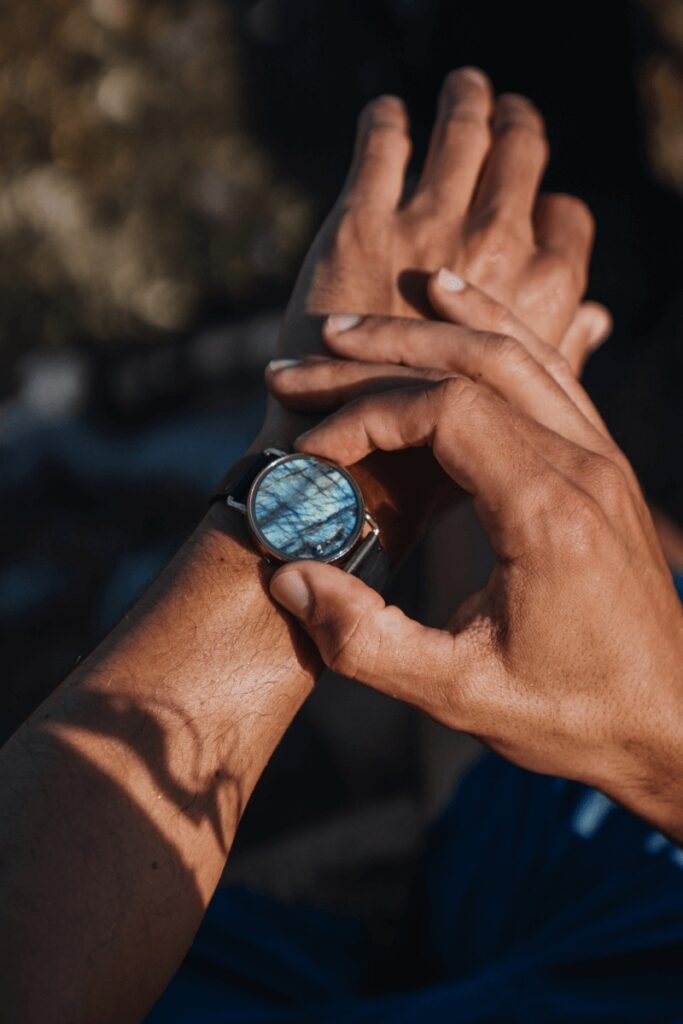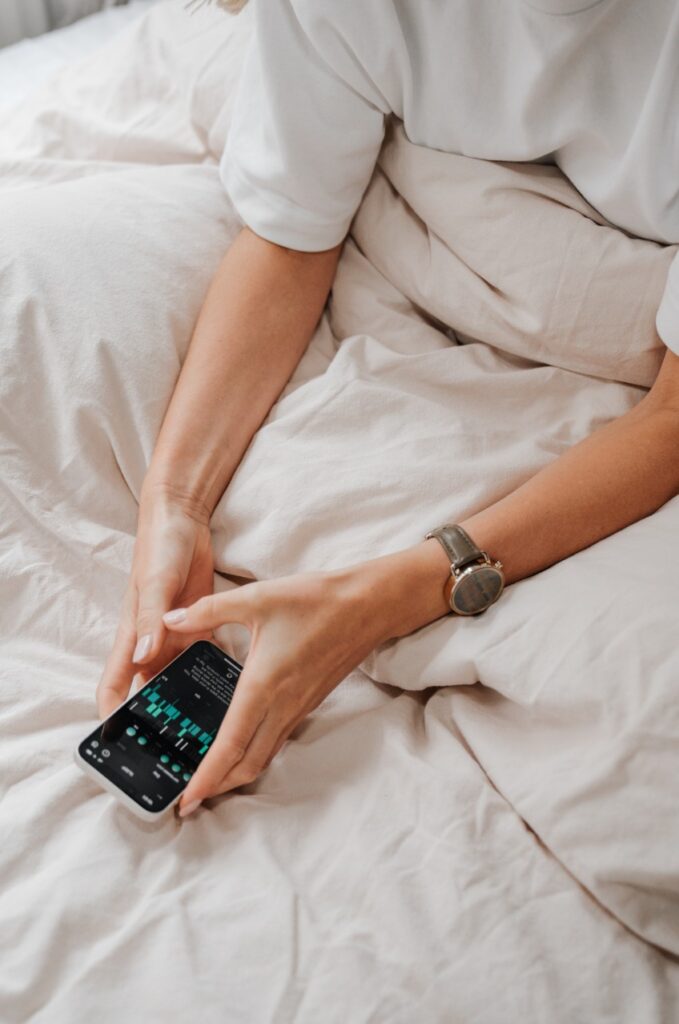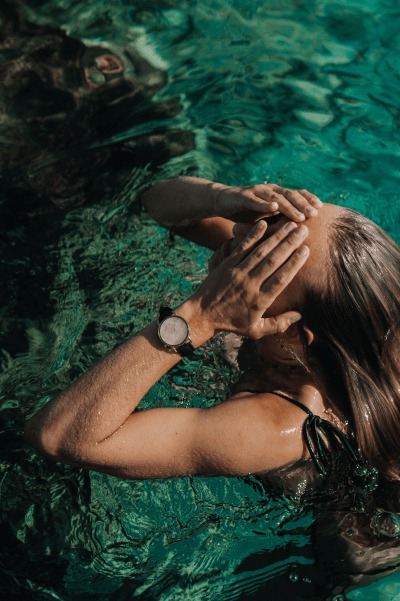Sick of Smart Watches? Try the NoWatch
What if you could get the accurate health tracking of a wearable, but without the distraction of a smart watch?

For many years, I happily wore a smartwatch. Mine was from the premium Chinese smartphone brand Oppo, and apart from its lower price and lack of Digital Crown, was identical to the Apple Watch, and thus pretty good. It tracked my steps, sleep pattern, exercise, and heart rate. I could control my music and notifications through it. Though it needed to be charged once a day, I’d do so whenever I showered or brushed my teeth.
But one day, setting it to ‘Do Not Disturb’, so that I could read without the interruptions of notifications, I realized how redundant it was.
It provided a few extras that my phone didn’t include, but rather than keeping me off my phone, it was wrist bound Siren, constantly drawing me back. If I set my phone aside, my wrist would still buzz whenever the New York Times had a news update, or someone liked my Instagram post, or I received an email; and I had to read them.
Though there’s more accurate sleep, step, and exercise tracking on the watch than a phone can provide, it’s not worth it for this incessant distraction. And if I want to track a workout, I can just launch Google Fit or Freeletics on my phone; just as I control Bluetooth music on my headphones; and every phone has a pedometer.

But what if you could get the accurate health tracking of a wearable, but without the distraction of a smart watch? The Oura Ring and Fitbit’s various bands can do this, but they’re pretty unpleasant to look at; and so, for the past several months, my Nomos Club Campus mechanical watch has been on my left wrist, but my right has borne a health, sleep, exercise, and mood tracker, called the Nowatch. And for me, as a non-athlete, it’s the best wearable on the planet.
It has a leather band and stylish metal case, but instead of a screen, its face is a round image of a precious stone you can switch around. I typically use the blue lapis lazuli face but can swap it out for the brown Tiger’s Eye face, or just the plain gold metal face. Amusingly for a brand named ‘NoWatch’, these faces now include ‘Time Disc’ analogue watch faces, powered by Miyota movements.

Flush to your skin is an electrodermal activity sensor from Philips, tracking all the usual health functions — heartbeat, sleep tracking, breath rate, steps taken, heart rate variability, and ‘skin conductance’ — and all this information syncs with your phone via the watch’s elegant, intuitive app. But without a screen, there are no distractions. It can’t give you notifications, can’t control your music, doesn’t have dedicated apps, and can’t make a phone call. And because there’s no screen, it has superb battery life; often 4 days on one charge.
Though it tracks all your usual health metrics, NoWatch has a unique approach to displaying in the app. The ‘Sessions’ panel allows you to select habits you’re doing on a daily basis, and track how your body responds to them, and the NoWatch also tracks your stress throughout the day and can buzz your wrist when you’re highly stressed to remind you to take a few deep breaths. You can also set a morning alarm with those vibrations, perhaps the best feature of any wearable.

It has a button on the bezel, but instead of bringing up the menu or a voice assistant as most smartwatch buttons do, pressing it instead records a ‘moment’ of your metrics, letting you see in the app how you’re feeling at that moment. Sometimes, it’s just a fidget toy, to press when you’re stressed; but if you press it when you’re doing something good, or have just finished a great workout, it’s like taking a digital photograph of how your body was feeling at that moment.
Nowatch is a startup, focused on premium design and a more thoughtful approach to wearables, and because of this, they’re not cheap. The starting configuration is around $500, and the configuration of my review sample, with its lapis lazuli face and black leather strap, is over $720.

If you’re comparing feature-for-feature, that’s a rip-off. After all, the Apple Watch Ultra 2 is $799 but allows you to do all kinds of outdoors activities at a professional level, and even has an included siren. But simply measuring which has the longest feature list, without considering how you use it, is shortsighted. If you were to take this approach, then Swiss Army Knives would be the best utensil, but I’d rather eat my ribeye with a steak knife.
Though you could go adventuring with an Apple Watch Ultra 2, most will go no further than an inclined treadmill, and for these unused features, you have to put up with a distracting screen, short battery life, and bulky design. By contrast, the NoWatch has all the health and stress tracking I could want but provides them without the distractions of email notifications and buzzy apps, without adding another screen in your life, and without needing a charge every day.
For me, there’s no question. My smartwatch is in a drawer. My NoWatch is on my wrist.

